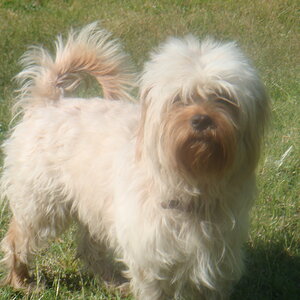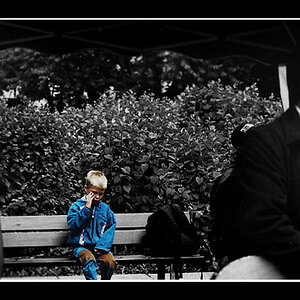Beh162
TPF Noob!
- Joined
- May 11, 2012
- Messages
- 18
- Reaction score
- 0
I'll be attending a night soccer match @ a well lite stadium and what I'm trying to accomplish is this picture below:
Sounders womens team v UW women's soccer team | Flickr - Photo Sharing!
I have a Rebel t2i with EF-S 18-55mm (f3.5-5.6IS) & EF-S 55-250MM (f/4-5.6)
From what I've read I should have my shutter speed @ 1/500+, lowest F/stop, and high ISO. Any other suggestions that I should use to get that type of effect? What mode to be shooting in? I was thinking M so I can change all the settings myself.
Any advice/tips would be great! I'll be going to a few soccer practices this week so I plan on some trial & error.
Sounders womens team v UW women's soccer team | Flickr - Photo Sharing!
I have a Rebel t2i with EF-S 18-55mm (f3.5-5.6IS) & EF-S 55-250MM (f/4-5.6)
From what I've read I should have my shutter speed @ 1/500+, lowest F/stop, and high ISO. Any other suggestions that I should use to get that type of effect? What mode to be shooting in? I was thinking M so I can change all the settings myself.
Any advice/tips would be great! I'll be going to a few soccer practices this week so I plan on some trial & error.





![[No title]](/data/xfmg/thumbnail/37/37602-1ef8dbb1c2d0e4ff347ee65d328c3603.jpg?1619738147)




![[No title]](/data/xfmg/thumbnail/32/32807-d5379cd3a34c7d2ac3535361dd969c10.jpg?1619735667)
![[No title]](/data/xfmg/thumbnail/36/36300-760519cb9a8ebbfc57cc3d1fda5dd37c.jpg?1619737494)


